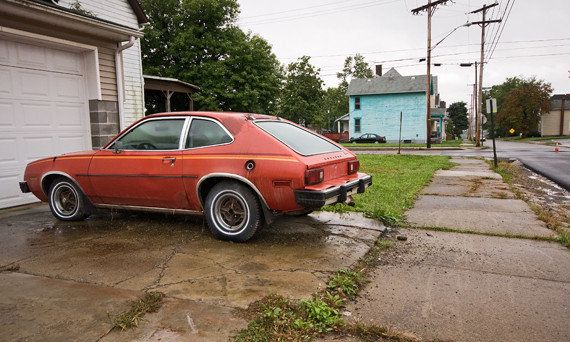
Older American automobiles have come to mean many things: celebrations of style and American ingenuity or a reminder of a time when the auto wasn't made with the concern for superior MPG. Styles varied enough that your individual taste could be truly represented by the make and model you ended up choosing: Your friend's wild card of an older brother was probably attending keg parties in his '69 Plymouth Roadrunner, while his father matched up well with his '73 Pontiac Bonneville. Dealership diagnostics were not a required experience, as average individuals could tinker with their car in the driveway to keep it running down the road way past its expiration date.
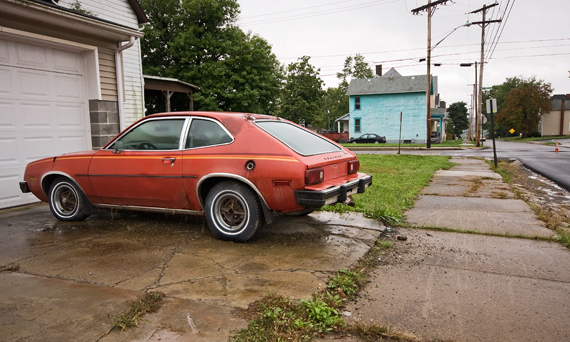
As a Rust Belt photographer, older US autos are part of my steady diet when scouring the land for potential shots, because in this setting they are much more to me than simply a car, they represent the arc of the story of life in the Rust Belt. During the heyday of American manufacturing, Detroit was pumping out cars that reflected the feeling and hopes of a culture, which I truly believe culminated with the quasi-space age-looking and badass '71 Buick Riviera. The Riviera was a strange case for sure, in that a bank VP could still look respectable driving it, but so could a hitman or gearhead. As we sunk into the 70's and America's industrial giants were beginning to put many of their eggs into cheaper foreign baskets, the style aspects began to erode. Our cities and structures decayed as the big American car manufacturers started trotting out K-Cars, Citations and Aspens.
And as the American auto industry went, so did the Rust Belt.
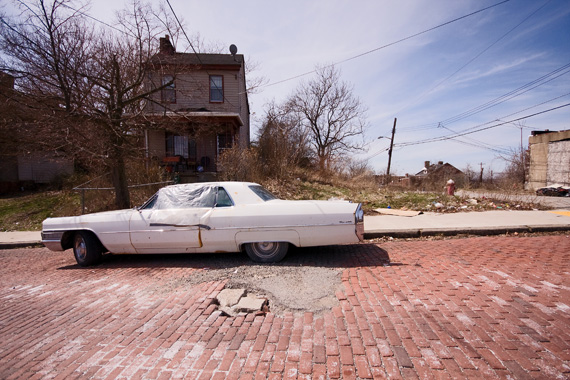
As the socio-economic status in the region tumbled for many, it became essential to keep these cars running and useable for as long as possible. While a state like Pennsylvania had fairly stringent inspection laws, Ohio's were more flexible. It wasn't unusual to see cars with a rust hole the size of Andre the Giant's ever-growing head in one or more parts of their eroding bodies. But that didn't matter, as long as they were capable of getting us to work or to pick up a carton of Marlboro Reds.
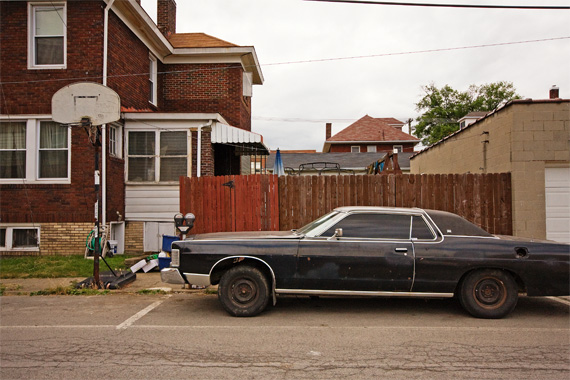
There's something poignant about seeing these cars still populating the driveways and backyards of the Rust Belt. These old Torinos, Hornets and Monte Carlos missed their chance on being pimped out for car shows; these cars would remain utilitarian until their last rusty gasp.
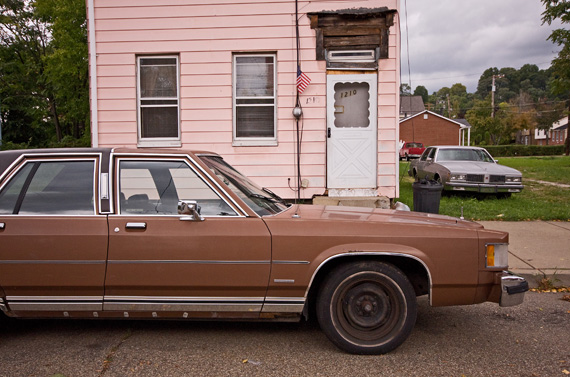
In the end, it's not just about the sleek or muscle-bound styling. Nor is it about the decline and decay of an American icon. It's about the lives intertwined: the struggles of everyday citizens to work; pay the bills; raise their children; and to simply eke out a life. To some, that rusty Matador you see parked in the driveway or in the side yard remains as integral a cog in life's teetering wheel as it was the day it rolled off the assembly line.
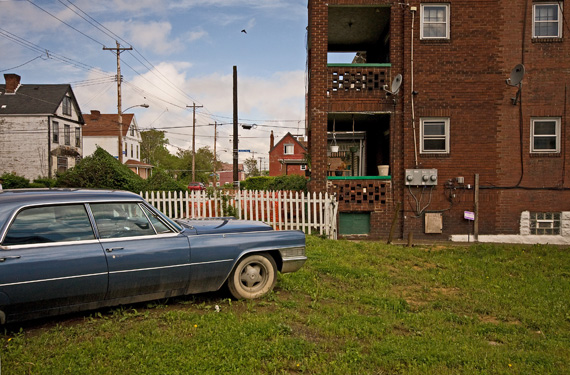
- NRBQ - I Got A Rocket In My Pocket (rest in peace Tom Ardolino)
- The Celibate Rifles - Sometimes (I wouldn't live here if you paid me)
- Candi Staton - Sweet Feeling
- Captain Beefheart - Nowadays A Woman's Gotta Hit A Man
- Don Covay & The Jefferson Lemon Blues Band - Homemade Love
For more photos from the Rust Belt, please visit my website and to see the work of and read about photographers, famous and not so famous, who are doing important work in this vein, visit American Elegy.